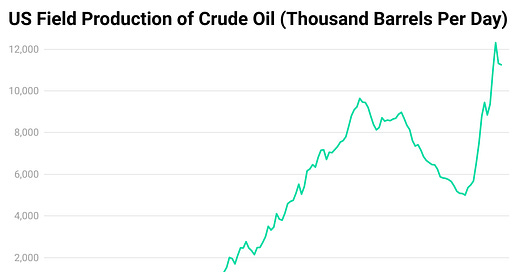Geopolitics and Markets Review – 23rd January 2023
Ambitious Projects
For those who keep up to date with the geopolitics and markets review every week, you’ll know I've been reading about the Asian Financial Crisis. As I was listening last week, I saw a similarity between 1990s Malaysia, and present-day Saudi Arabia. Both were the darlings of their respective regions and developing megaprojects. All to boost tourism long after their respective booms ended.
Malaysia was one of the cornerstones of what was described as exhibiting the Asian dream when it came to Finance. In short, foreign investment flew into Asia in general, not only Malaysia. This created a bubbly environment where valuations were far too high. What goes up must come down, and by the process of mean reversion, they most certainly did. Many Asian countries had fixed pegs to the United States Dollar and took on high levels of dollar debt. The US interest rate hovered between 4% and 6% during the entire Asian Financial Crisis. Any reserves these countries had were used to pay for this debt until they had none left and they had to devalue their currencies. The IMF was involved (with Treasury interference), and it was the death of Asian Capitalism. But was it more geopolitical than it appears at first glance?
Like any bubble, those involved were stuck in it. They couldn’t see outside of the heightened sentiment, and they fell in love with their assets. Never fall in love with the assets you own. They will not hesitate to burn you if valuations spread too far from the mean. This spreads to physical possessions too, don’t be a slave to the items you own. Let them have a use for you, a productive use. It reached a point in the Asian Financial Crisis where these overvalued assets were no longer productive. Many bag holders were hoping for temporary drops. But the Asian dream didn’t live on.
Fixed Pegs vs Floating Rates
A floating rate describes the current forex market in which we trade. Currencies are arranged in pairs versus the other floating currencies. If you buy one, then you buy the first currency and sell the other. For example, in the forex market, when I buy USD, I will buy USD/GBP, or sell GBP/USD. In floating markets, the movement of the exchange rate is based on supply and demand.
Keep reading with a 7-day free trial
Subscribe to Geopolitics Explained to keep reading this post and get 7 days of free access to the full post archives.



